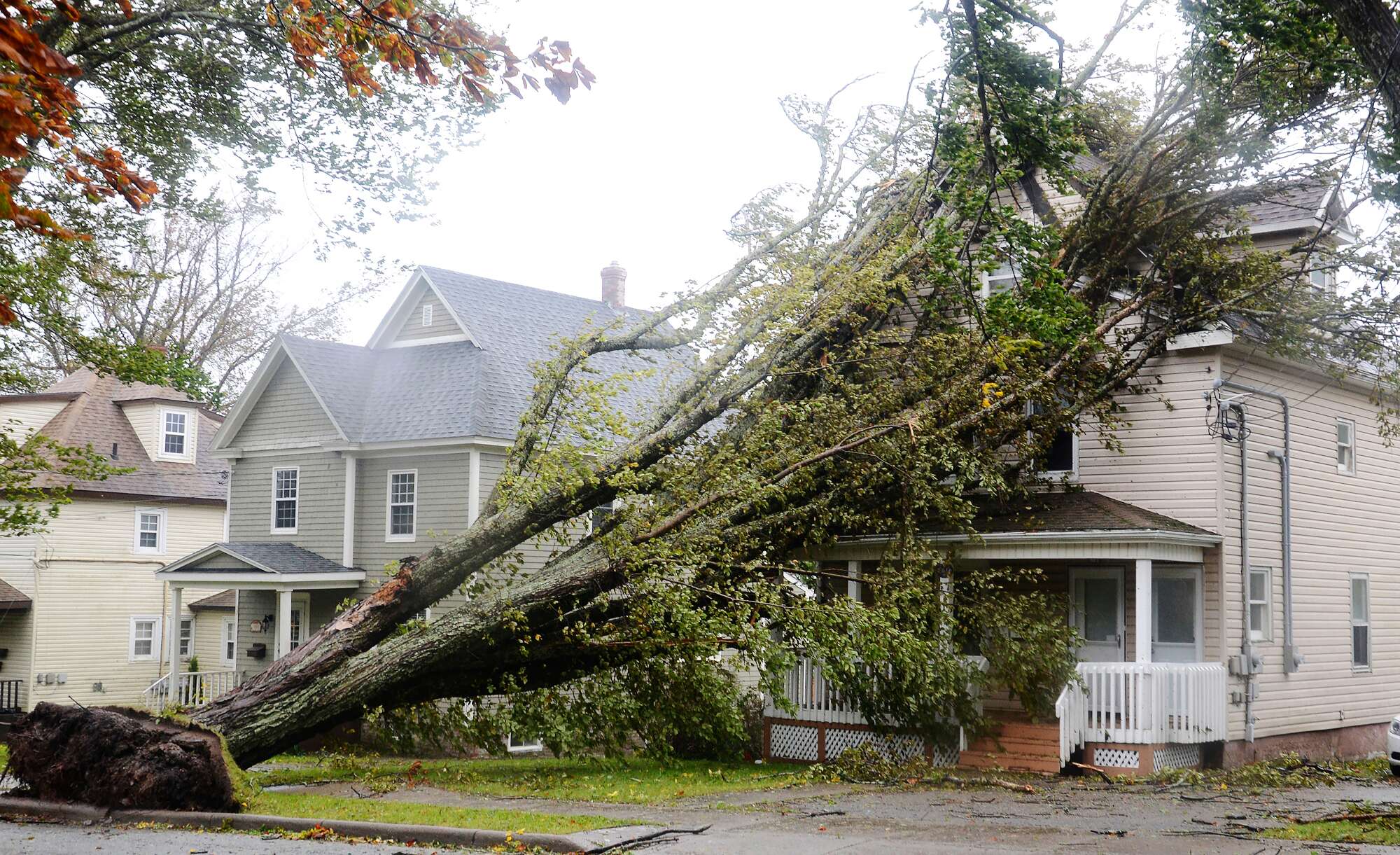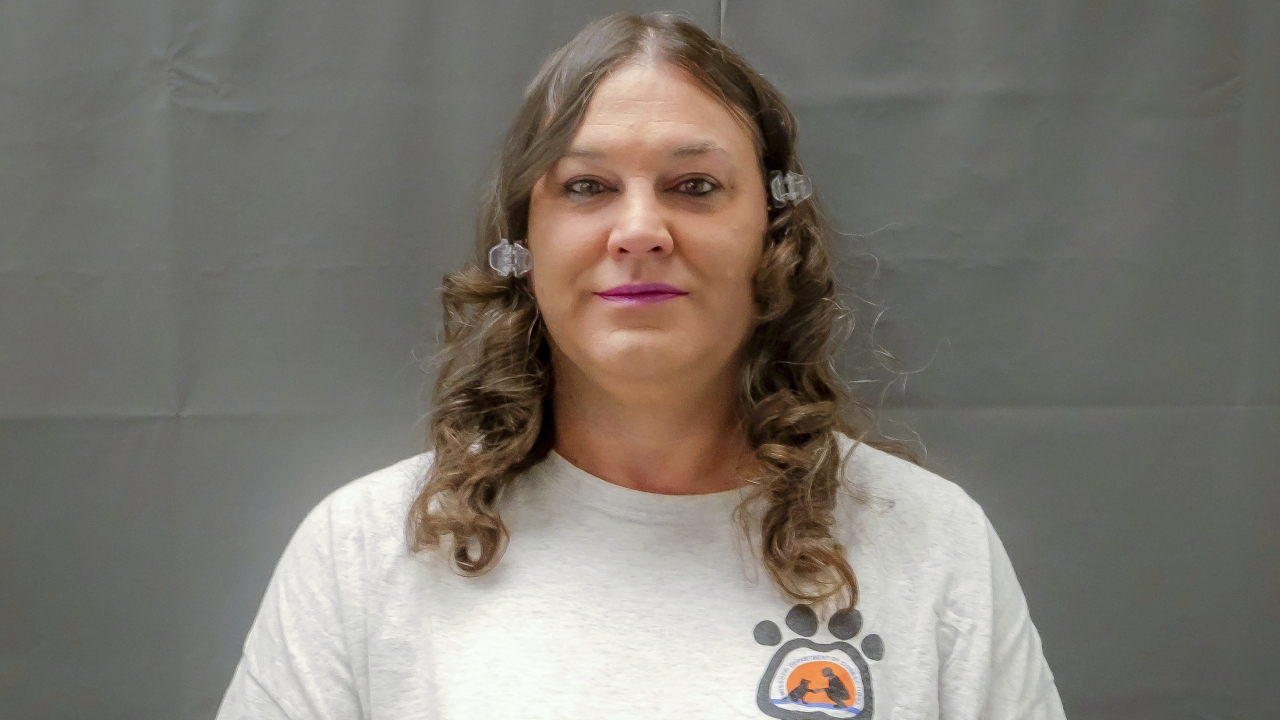
Fiona made landfall in Nova Scotia on Saturday with hurricane-force winds. The power might be down for several days.
According to officials, officials, hundreds of thousands of Canadians were without power Saturday after former hurricane Fiona blasted into the country’s Atlantic provinces, producing “shocking and devastating” damage.
Officials claimed that after Fiona made landfall in eastern Nova Scotia at about 3 a.m., trees were down, electricity poles were split in two, roofs were torn off houses, and residences were swept away.
According to authorities, Fiona made landfall in Whitehead as a post-tropical storm with hurricane-force winds of 90 mph.
“It’s shocking the damage we’re seeing,” Nova Scotia Premier Tim Houston said Saturday.
A 6-foot storm surge slammed Prince Edward Island. According to Premier Dennis King, the destruction is likely to be the worst ever witnessed in the province, and rehabilitation will take weeks or longer.
By Saturday afternoon, no deaths had been recorded due to the storm.
According to utilities, more than 471,000 consumers in Nova Scotia, Prince Edward Island, New Brunswick, and Newfoundland were without power on Saturday.
According to Nova Scotia Power CEO Peter Gregg, some customers would be without power for “several days.”
Prime Minister Justin Trudeau has postponed his plans to attend the official burial of assassinated former Prime Minister Shinzo Abe in Japan.
He said the storm had a “terrible impact.”
“We’re seeing devastating images come out of Port aux Basques,” Trudeau said. “PEI (Prince Edward Island) has experienced storm damage as they’ve never seen. Cape Breton is being hit hard, too, as is Quebec.”
He said the country’s armed forces would be deployed to assist in the aftermath, and the federal government would be ready to help.
Evacuations were requested at Port aux Basques on Newfoundland’s southwest coast, and Mayor Brian Button claimed: “destruction” was taking place, according to the CBC.
The news agency’s video showed homes being swept away. Phil Boyles had to flee due to the storm surge. “I got everything out that I could attempt to keep, and now it doesn’t appear like I’ll be able to get back,” he told the CBC.
As it reached Bermuda, Fiona was a Category 4 hurricane.
When it was a Category 1 hurricane earlier this week, it devastated Puerto Rico and the Dominican Republic. Officials in Puerto Rico reported 15 deaths and two deaths in the Dominican Republic due to the hurricane.
The storm was expected to be a historic weather event for eastern Canada.
The premier of Prince Edward Island, Stephen King, stated on Saturday that the devastation is the worst the province has ever seen.
“It was billed as one of the most severe storms to ever hit our province, and by all accounts, hurricane Fiona has lived up to that billing,” he said.
He was grateful that there had been no reports of serious injuries or worse but said, “our road to recovery will be weeks or longer.”
Fiona was 80 miles northwest of Port aux Basques at 6 p.m. local time and heading northeast at eight mph, according to the National Hurricane Center in the United States.
The storm was expected to travel over Labrador and across the Labrador Sea late Saturday and Sunday, with maximum sustained winds of 70 mph. According to the centre, it will cause massive surges and life-threatening rip currents.




